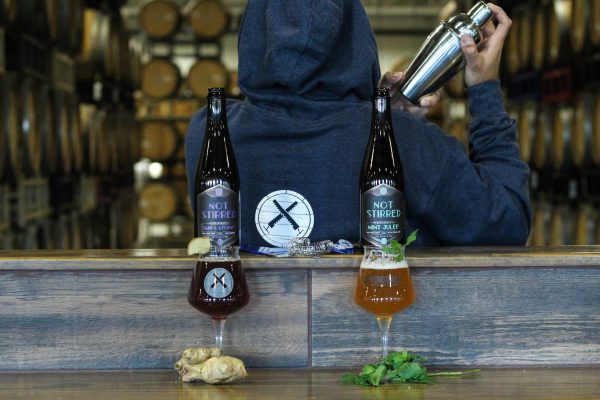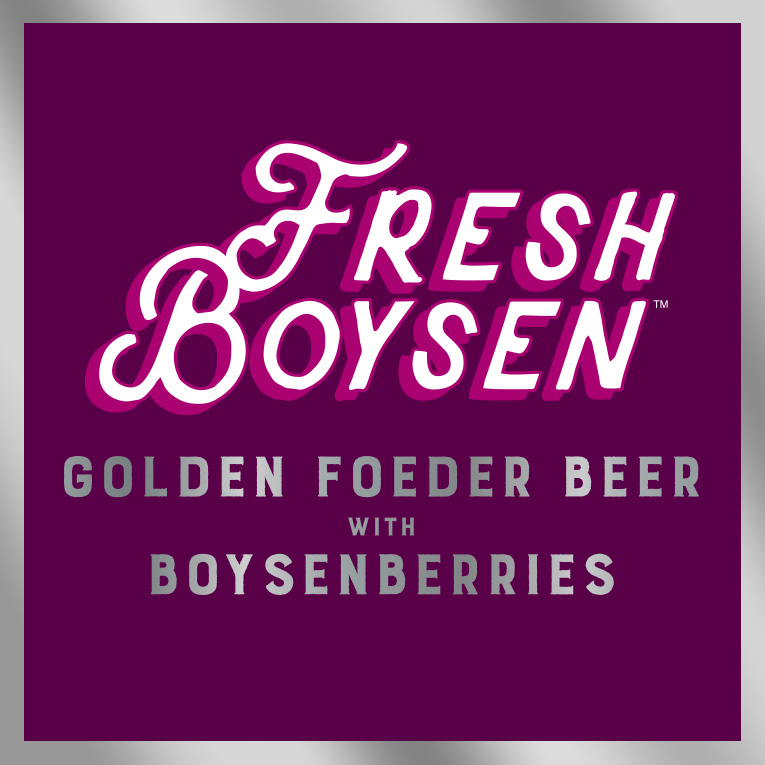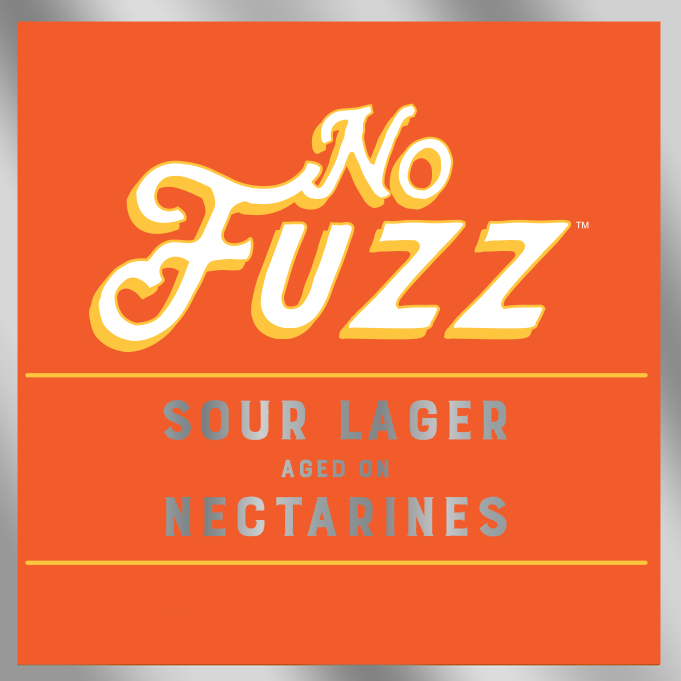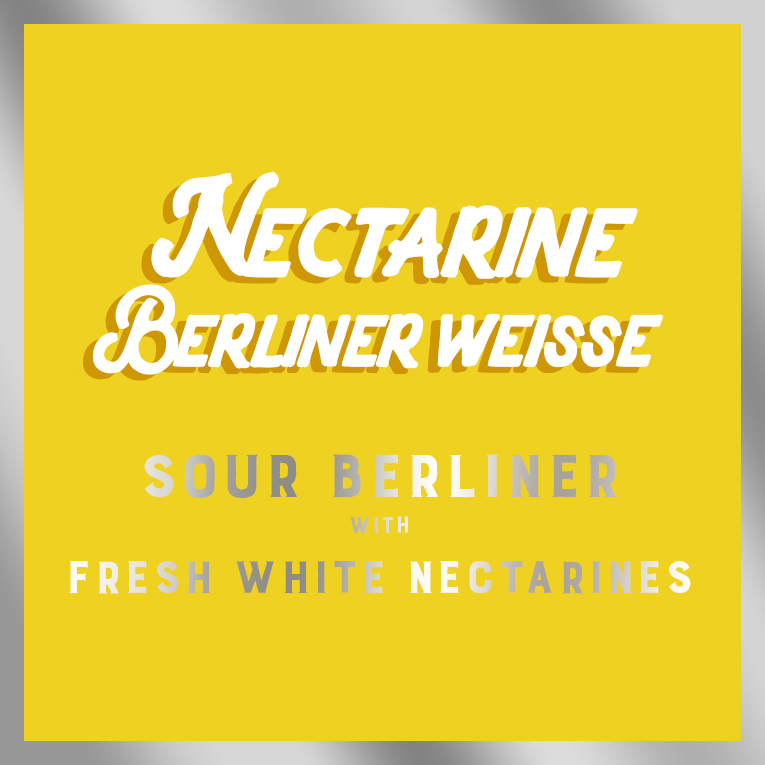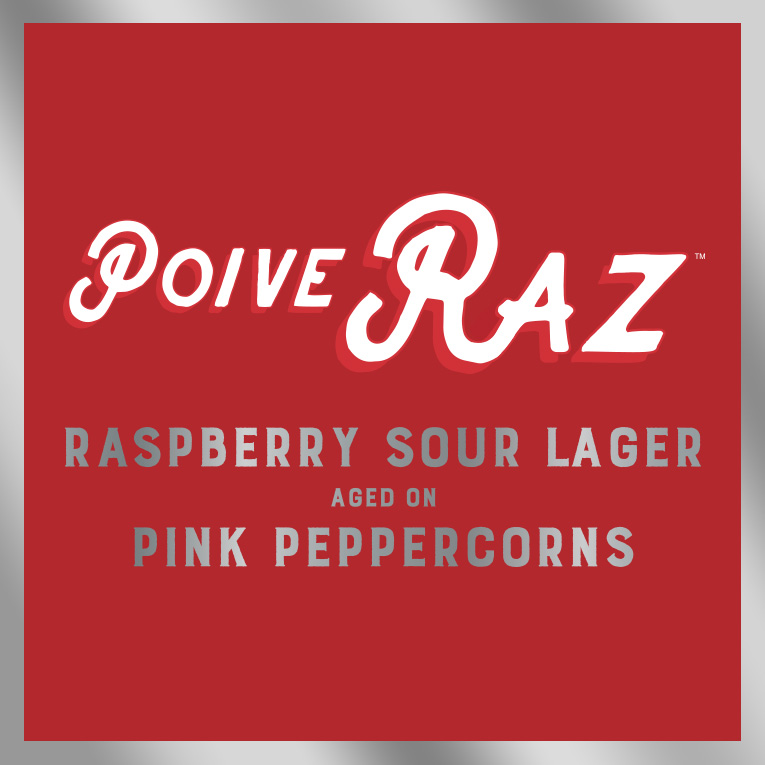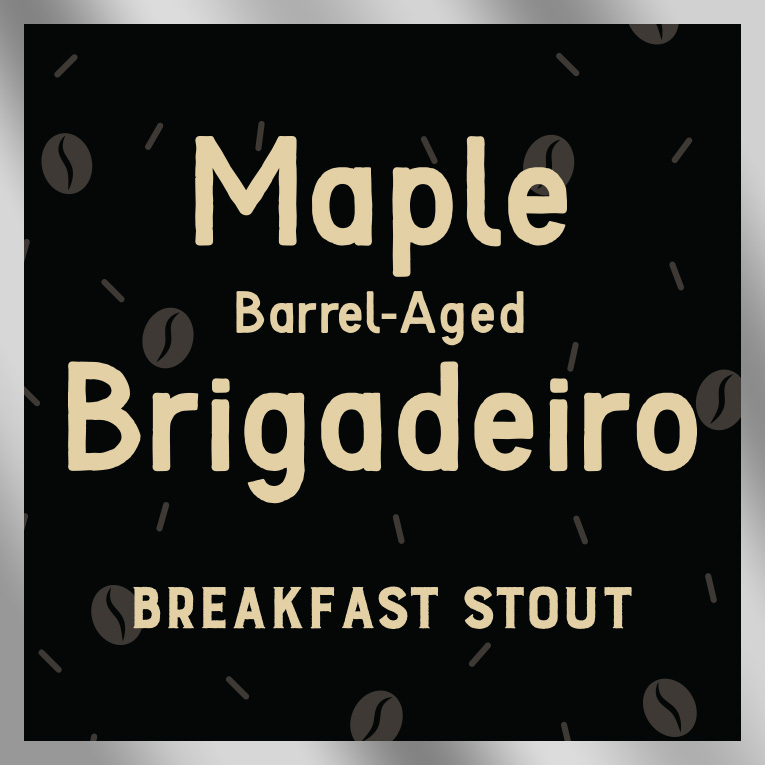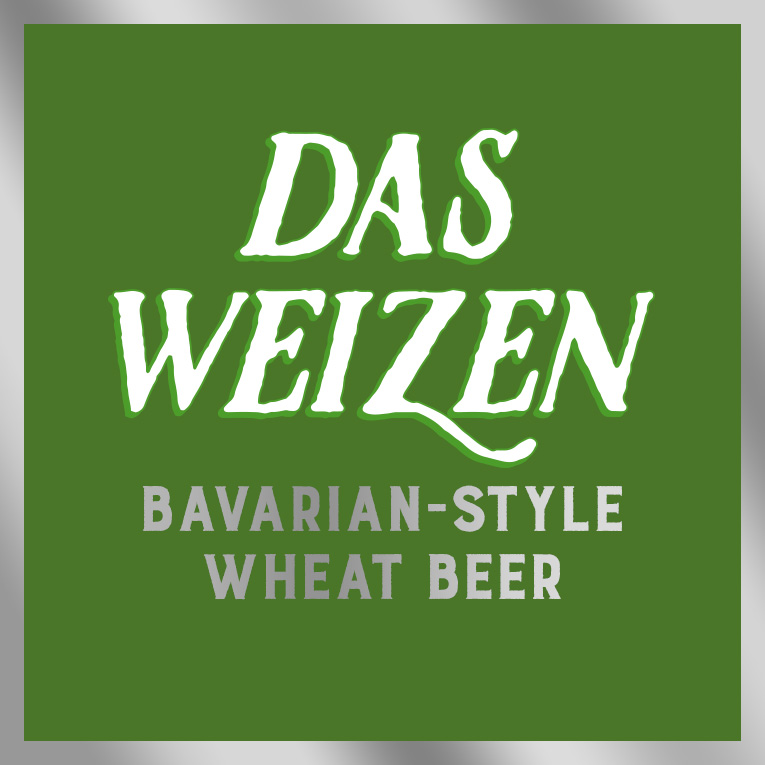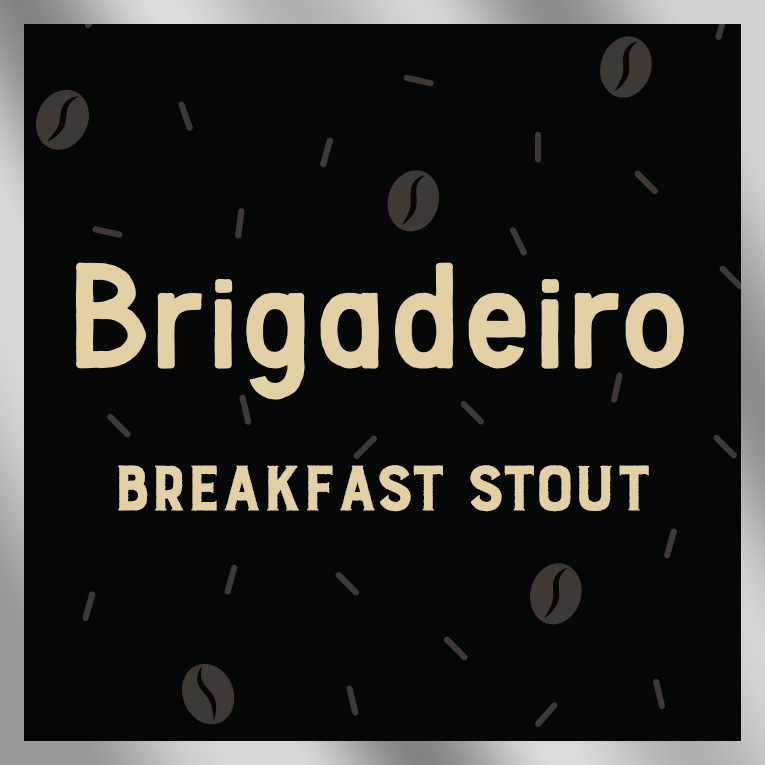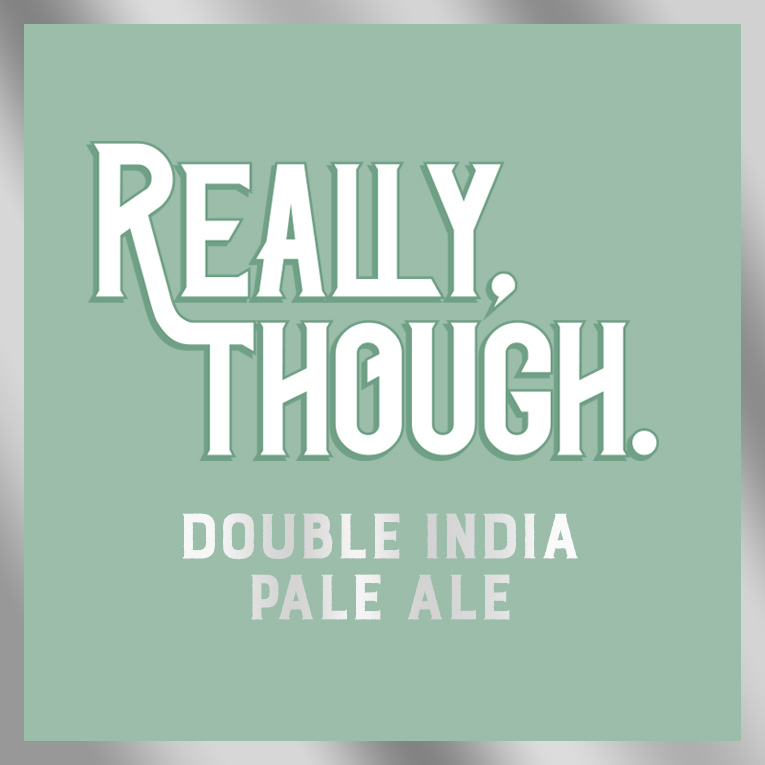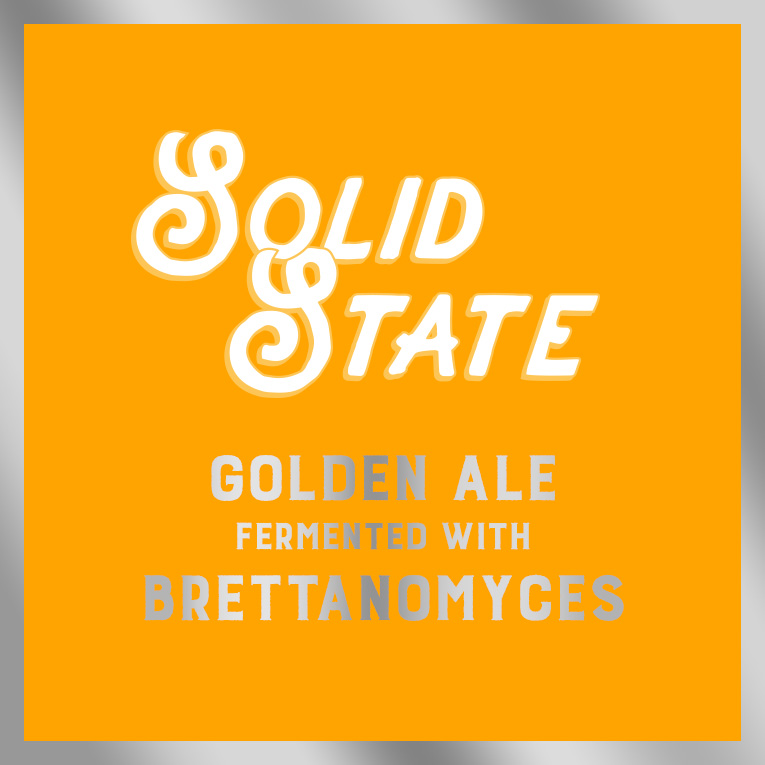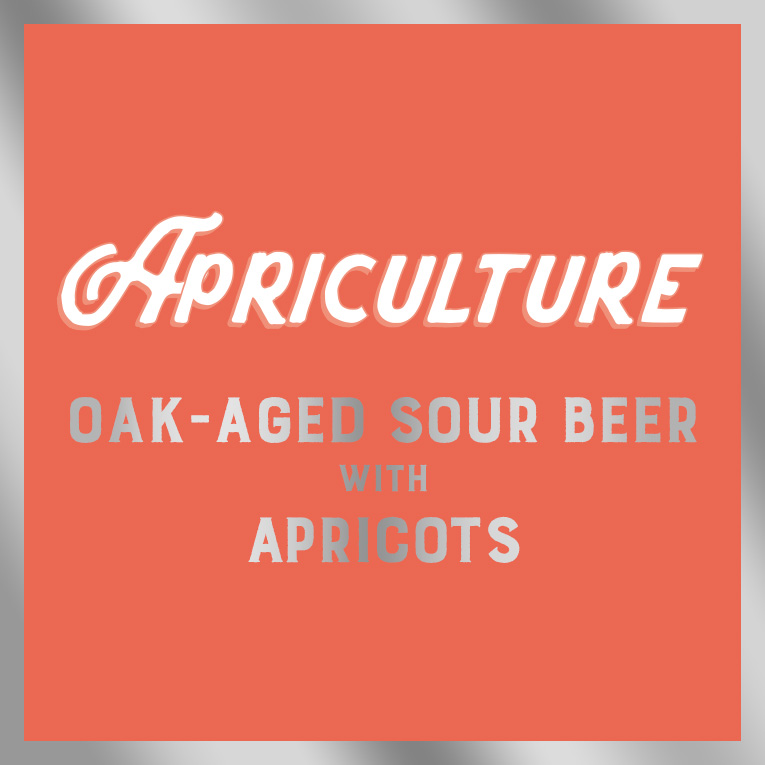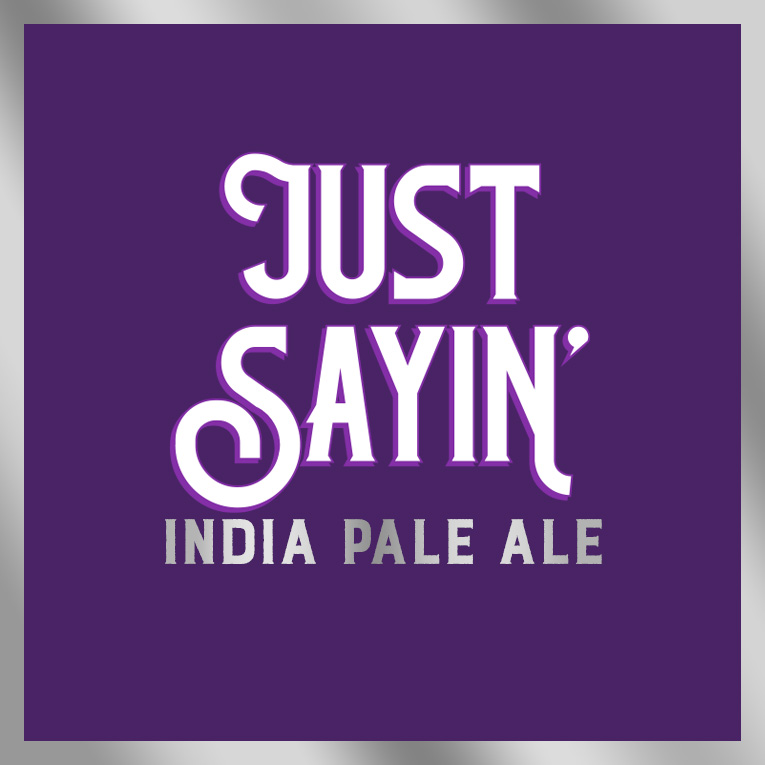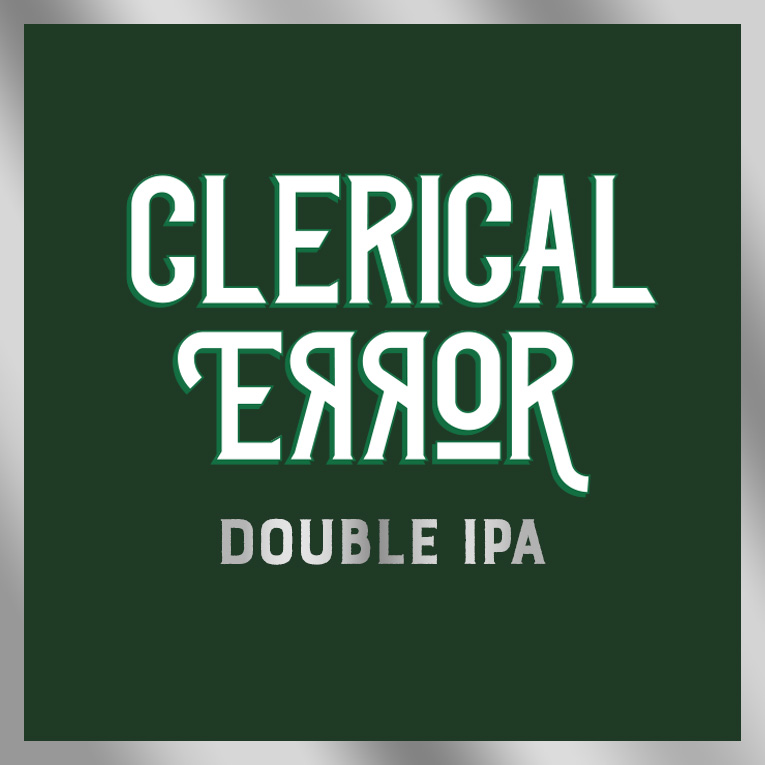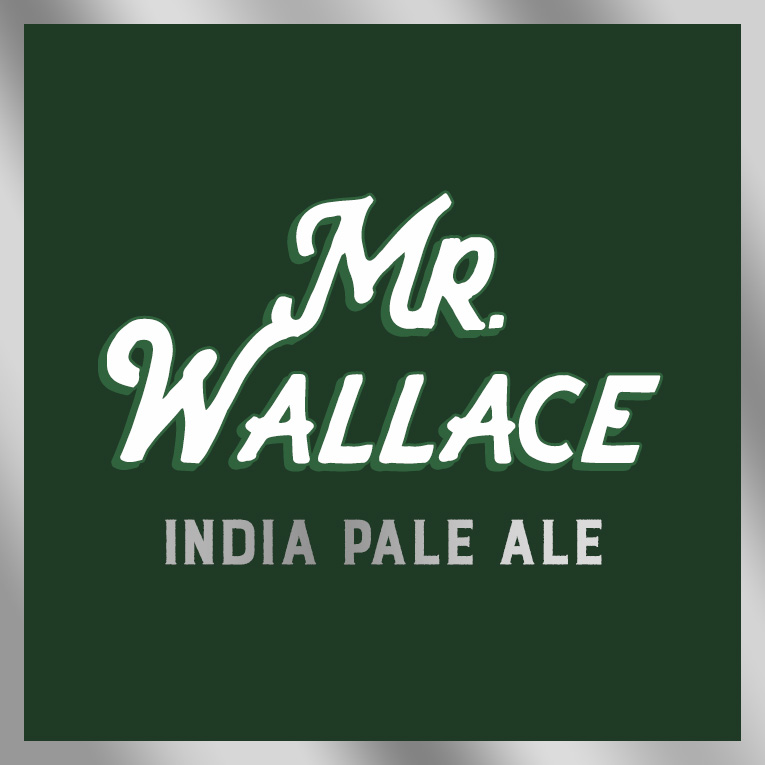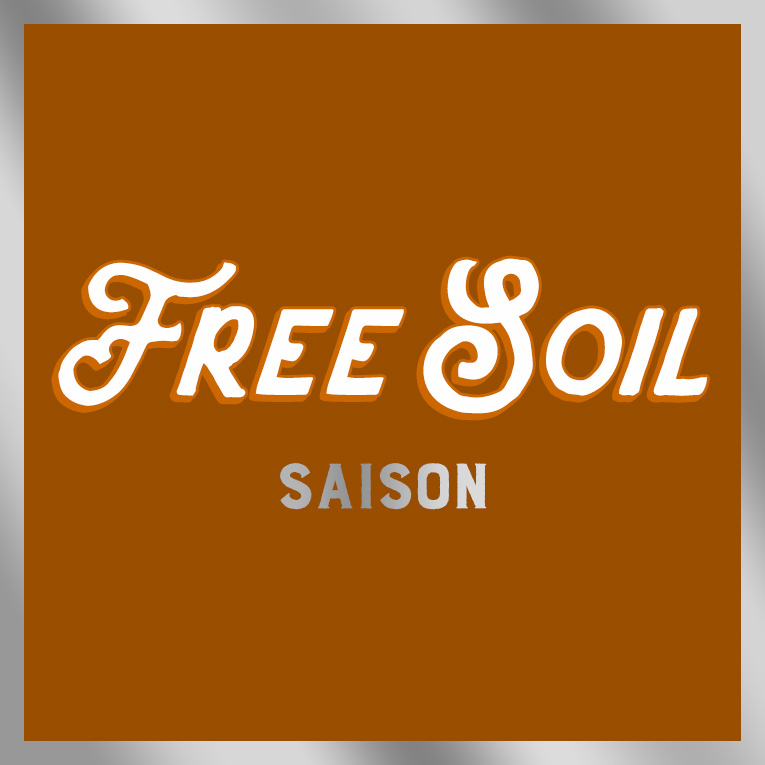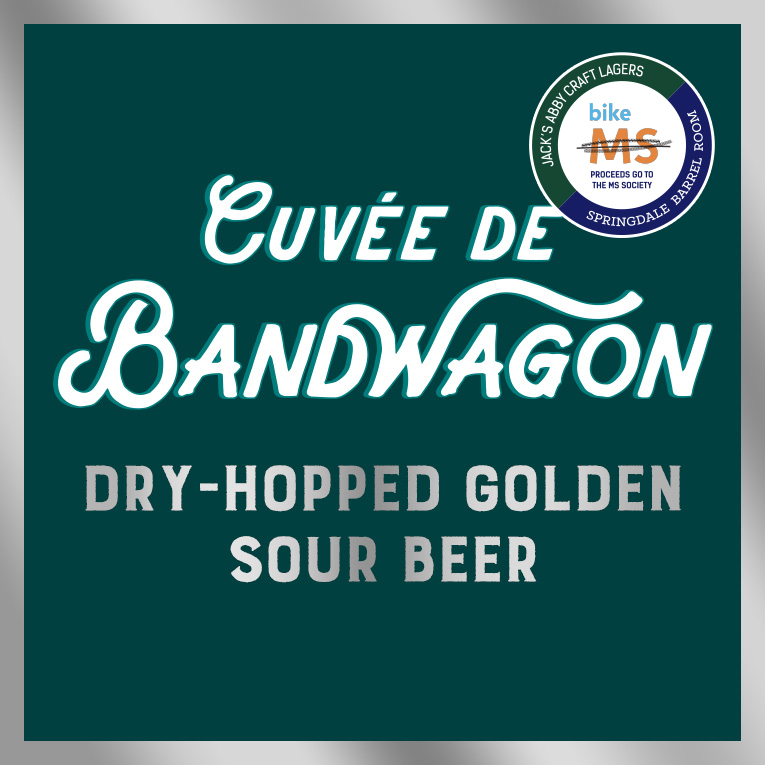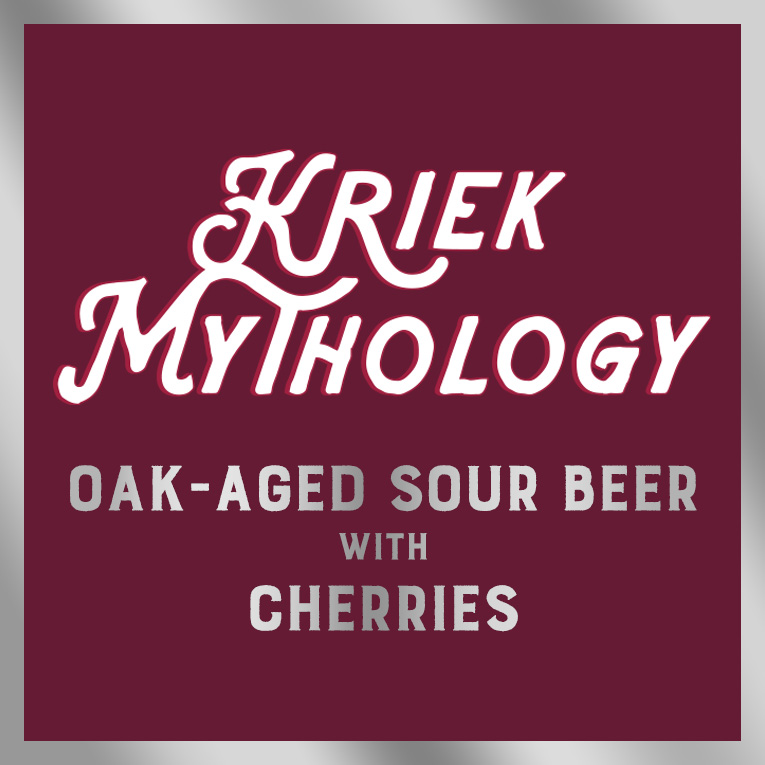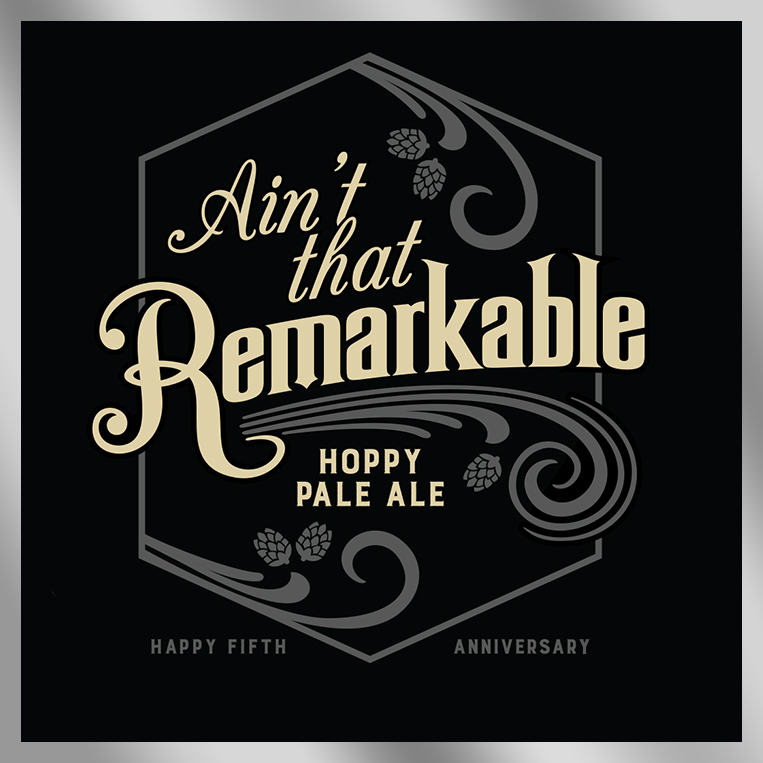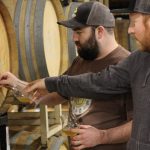We’re a little different than your average brewery taproom. For one thing, we don’t actually have a brewery at the Springdale Barrel Room, just a seemingly endless collection of fermentation vessels made of wood and stainless steel. This isn’t a hindrance – it’s just how we like it for the beers we love to make.
Aging beer in wood vessels is literally an ages-old pursuit. Our ancestors did it out of necessity, and the various shortcomings of this practice spurred the development of high-tech, easy-to-clean stainless steel vessels we use today. But as in all technology, something was lost in this transition. Along with other distilleries, breweries and wineries around the world, our wood-aging program looks to reclaim some of that lost character.
Wood flavor is the first thing lost in stainless steel vessels. Toasted or charred American and French oak have distinct chemicals that act as precursors for flavor compounds in beverages. Classic examples are vanilla flavor in bourbon and almond flavor in Cognac, both of which are derived directly from contact with wood. A beer like Apriculture, which we age in French oak wine barrels, retains a light touch of nougat and almond character which acts in balance to the acidity of the beer.
Of course, most of our barrels used to hold spirits or wine, so another advantage to using wood is introducing some of the ghostly qualities of the previous liquids. Maple Barrel Brigadeiro, which is aged in ex-maple syrup and ex-Bourbon barrels, is a great example of this; our base breakfast stout is layered with rich and decadent bourbon character as well as a delicious touch of maple syrup.
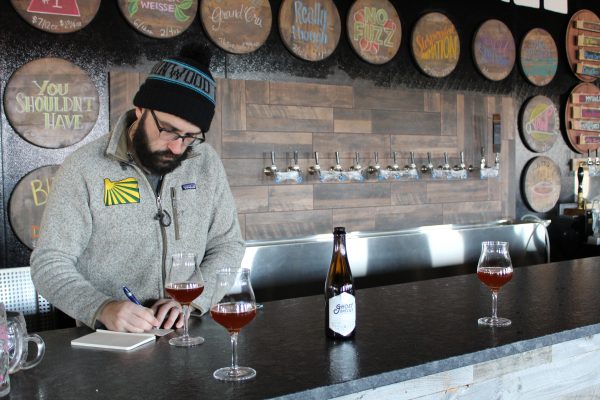
The majority of our wood aging program, however, is devoted to the microbial benefits of fermenting in wood. Our “wild” cultures of brettanomyces, lactobacillus and pediococcus slowly convert sugars to alcohol, carbon dioxide, flavor compounds and acids through complex chain reactions. Wood inside the barrels acts as a breeding ground and secondary food source for these colonies, and the porous nature of wood allows these reactions to uptake small amounts of oxygen as needed. Beers that undergo this process have natural flavors of fruit and acid balanced by peppery, bright effervescence and light “funk” that often invites the addition of actual fruit for additional complexity.
If these advantages of wood-aging seem too good to be true, you’re right. These interactions take months or even years to complete, and are often inconsistent. Much of our work in the Barrel Room is simply devoted to sampling and noting progress of the thousands of individual barrels under our care. It’s a time consuming labor of much love.
The culmination of these processes, however, connects us to a lineage of beverage producers stretching back centuries. A great place to take in all of this is in our newest “Not Stirred” series, which pays tribute to classic cocktails and spirits through careful blending and spicing. These beers riff on the flavor contributions of the spirits previously in the barrel, the actual wood flavor from extended barrel contact and the acidity created with our mixed cultures. Mint Julep and Dark & Stormy are available now, and will soon be joined by a Sidecar-inspired beer called Side Rig.
Stop by the Barrel Room to try these and other beers borne from our wood program, or find us taking our “It’s All Good in the Wood” parties on the road this winter. Expect selections of Jack’s Abby and Springdale barrel-aged vintages, sneak previews, meticulously paired foods and good times flowing from over-sized bottles.
